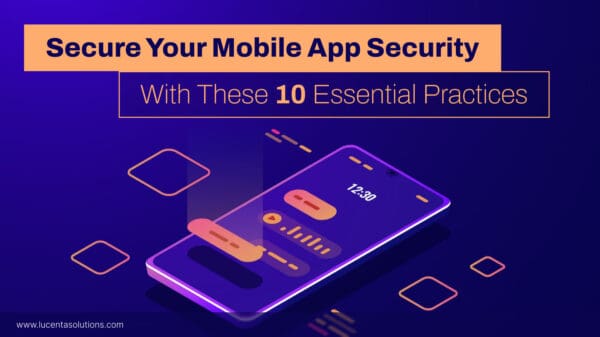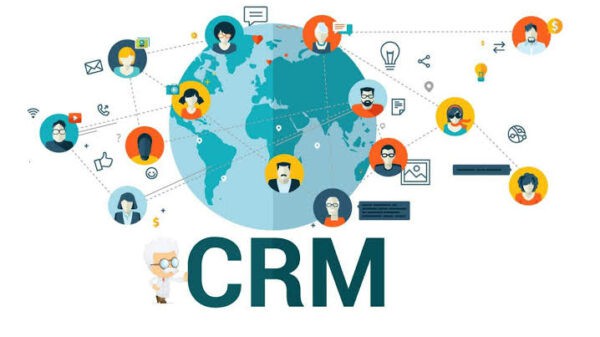In the run up to Christmas, online shopping in the UK hit a new monthly peak of more than £10 billion in November 2013. It’s been widely reported that the UK is the biggest ecommerce nation in the world by population, with one in five Brits now spending more online than they do in store.
E-commerce is increasingly big business but it’s not only big businesses feeling the benefit. Online vendors come in all shapes and sizes but this rise in online trade is not without its dangers.
According to the House of Commons Home Affairs Committee report on e-crime online crime comes in many different forms. These include the use of the internet to facilitate drug dealing, people smuggling and many other ‘traditional’ types of crime.
When most people think of e-crime or cybercrime, however they tend to think of crimes that are committed primarily or wholly online. These types of crime include attacks on computer systems to disrupt IT infrastructure, stealing data over a network using malware and online credit card fraud.
Online vendors are responsible for making sure the connections they use when processing payments and transactions are secure, but online shoppers should also play their part. Secure Sockets Layer or SSL is a protocol for enabling data encryption on the Internet and for helping website users confirm who the owner of the website is.
SSL free certificates can provide security and protection but might not always be recognised by all web browsers. A recognised SSL certificate will be visible to the online user via a padlock icon in the browser window and ‘https://’ at the beginning of the web address.
Users should also be aware of ‘phishing’ scams, avoiding opening emails and attachments from unknown senders and verifying that the websites they visit are genuine. It is usually best to type the whole website address in the browser window rather than using a link that could potentially be hijacked if your system has been infected with malware.
Businesses are allocating increased resources to their online security but it is a constant arms race between the cybercriminals and those looking to stop them.
Thanks for reading this article. If you're new here, why don't you subscribe for regular updates via RSS feed or via email. You can also subscribe by following @techsling on Twitter or becoming our fan on Facebook. Thanks for visiting!






















































































































































































